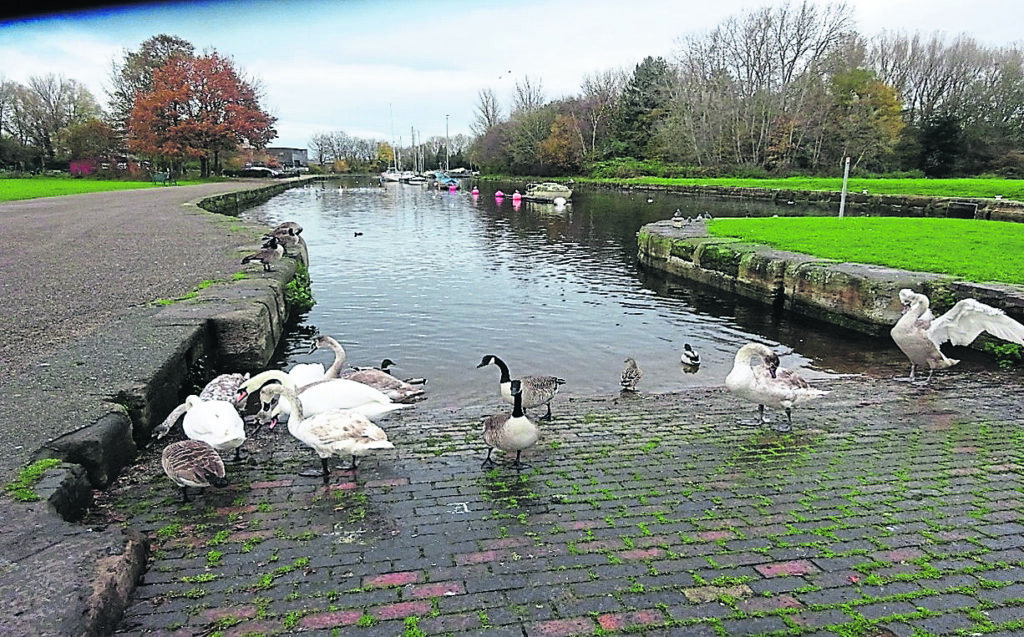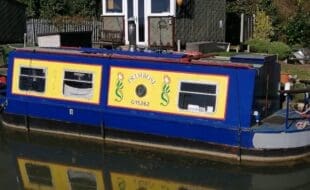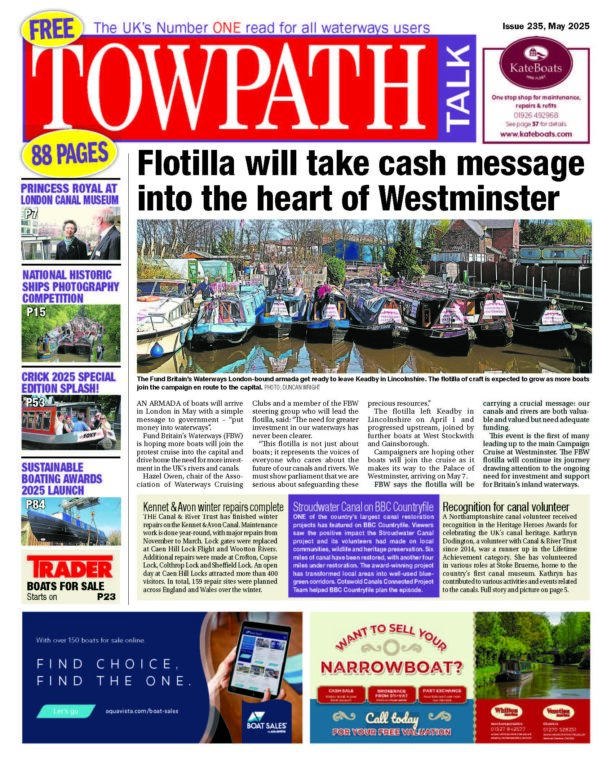Volunteers have responded to the threats faced by the historic Sankey-St Helens Canal by forming the Save Spike Island and Widnes Canal Restoration Group.
THE newly formed restoration group has already built clay dams designed to contain salt water ingress from high tides on the Mersey into a canal bed currently low on water after the closure of Fiddlers Ferry Power Station and thereby preventing damage to wildlife needing freshwater for survival.

The power station, which is now closed and awaiting demolition, had previously pumped cooling water that it had extracted from the River Mersey and then returned to keep this southern section of the canal full of fresh water. It used canal water for cooling with some extremely large pumping engines; however, these were taken out of commission before adequate replacements were put in place.
To add to the problem, leaks were found at the Widnes end of the canal which would have drained what water there was at the Warrington end on this long level pound, hence a second clay dam was needed to protect the remaining water in the canal. However, Halton Borough Council has now appointed contractors to clear the vegetation around the leaks and seal them, starting early this year.
Warrington Borough Council will continue to pump water into its section of the canal when necessary, and in the long term a lease has been taken on the former power station pumping house, and more suitable pumps will be installed when essential services including electricity and pipework are completed.
In the meantime, volunteers from the Sankey Canal Restoration Society (SCRS) have used the autumn months to continue tree clearance and balsam-bashing work parties.
St Helens progress
Officials at SCRS have been very busy at the other end of the canal in St Helens where they are now regularly invited by local authorities, rotary societies and scouting organisations to attend press, walking and educational events.
SCRS chairman Colin Greenall said: “The future does now look brighter for the canal, and we can only thank the local volunteers and the authorities for their tremendous efforts to secure and retain this important component of Britain’s industrial past.”
The St Helens council sees the development of the redundant canal as a means to help with town centre rejuvenation and SCRS has been included in the consultations about how to both landscape and develop the Foundry Wharf site.
In addition, SCRS has been asked by council officials to develop a strategy document on what the society wants to do with the canal in the next five years so that the council can determine in what ways the society can contribute.





